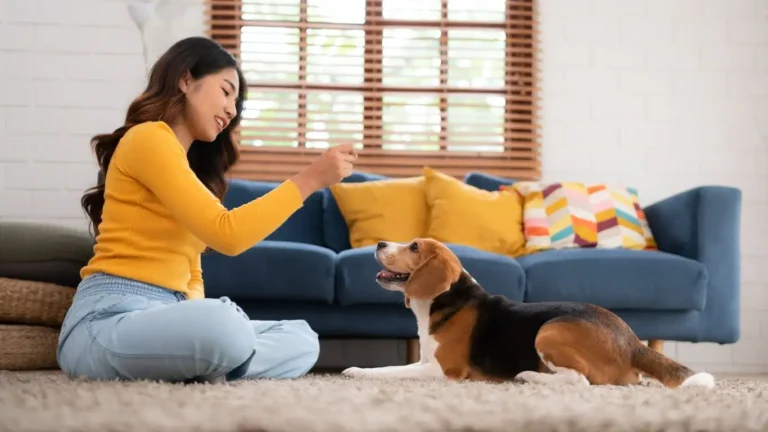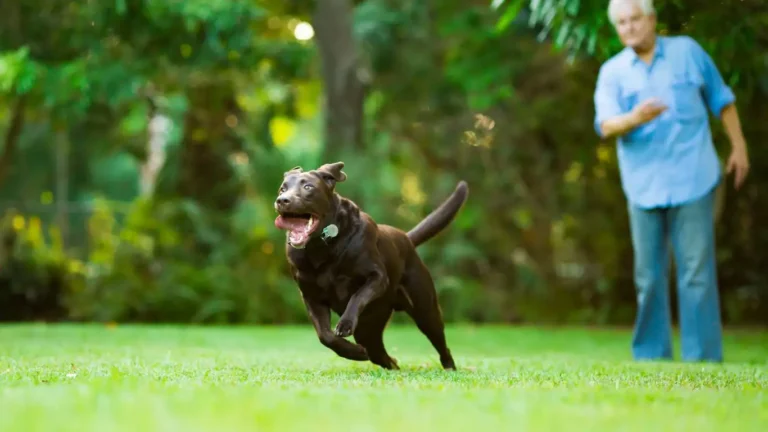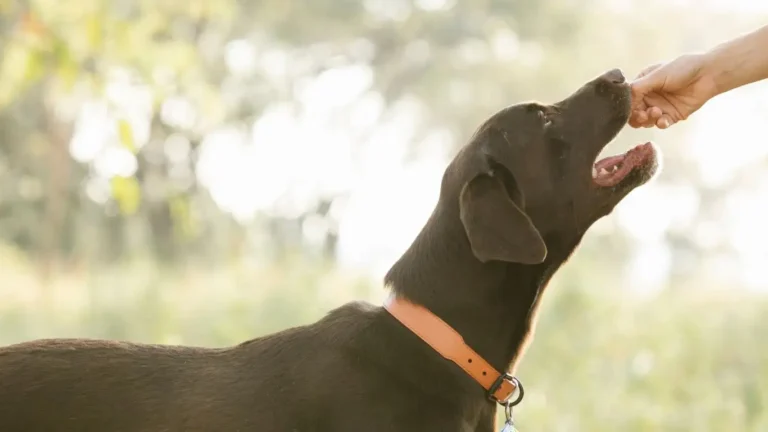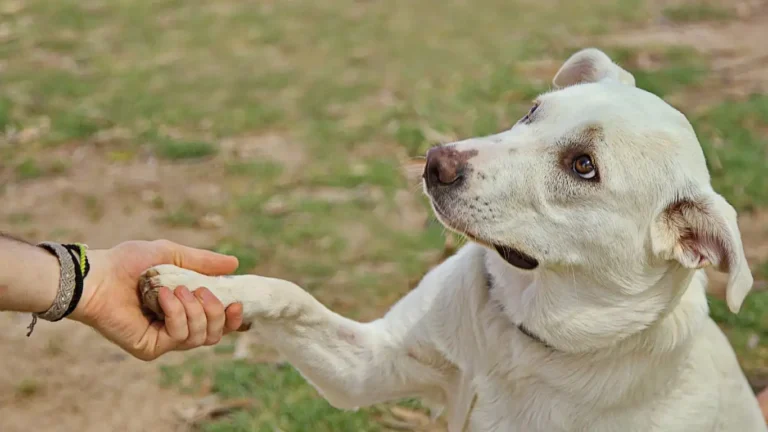Stop Dog Barking at Door Knocks Fast: Expert Dog Training Tips That Work
So, picture this—you’re relaxing at home, finally sipping your coffee, and then knock knock… instantly, your dog’s inner security guard flips on like a switch. Barking. Lunging. Total chaos. Sound familiar? You’re not alone. One of the most common issues I deal with as a Canine-Assisted Therapy Trainer is teaching owners how to train a dog to stop barking at door knocks. It’s something I’ve had to work through with more dogs than I can count—big ones, little ones, and everything in between. The good news? It’s fixable with a bit of patience, a dash of know-how, and the right approach tailored to your dog’s personality. Let’s dive into the why before we tackle the how.
Why Dogs Bark When Someone Knocks

Before we even get into training tips, it’s super important to understand what’s really going on in your pup’s brain when someone knocks on the door. Dogs are natural alert animals. That knock? It signals change. Something unknown is happening. So barking becomes their way of sounding the alarm. And for some dogs, it’s not just alert—it’s protective instinct dialed up to 100.
From my experience, there are usually a few core reasons why dogs react so intensely:
- Territorial Instinct: They think they’re protecting you and their space.
- Fear or Anxiety: Sudden sounds can be startling, especially for nervous dogs.
- Excitement: Some dogs think the door means visitors and playtime.
- Past Reinforcement: If barking has worked in the past (the person at the door leaves), they think it’s the solution.
Knowing which of these drives your dog’s barking is the key to choosing the right solution. I had a Lab mix, Benny, who barked out of pure joy whenever he heard a knock—he thought everyone was his friend. But then there was a terrier I trained who would go into full-on defense mode. Totally different tactics were needed for each.
Understanding the Bark Trigger
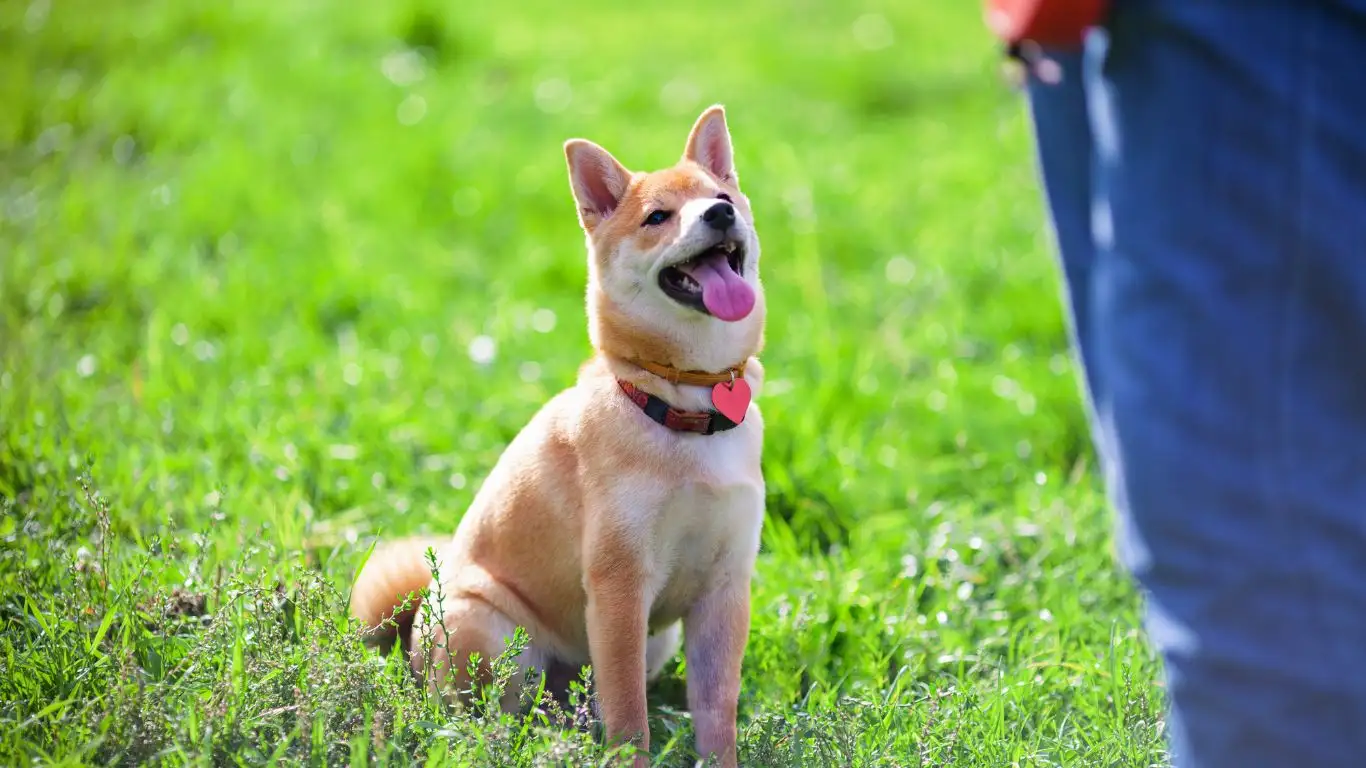
If you’ve ever thought, “My dog just loses it when someone knocks,” you’re not imagining things. That knock is a trigger. So step one is getting familiar with how your dog reacts—what’s the timeline from knock to bark?
Observe & Journal Your Dog’s Reaction
Yep, grab a little notebook or start a note on your phone. Track when the barking happens and how your dog behaves:
- What’s the trigger (knock, doorbell, footsteps)?
- How quickly do they react?
- How intense is the barking (just a few woofs or full-blown frenzy)?
- Do they calm down quickly or stay amped up?
This kind of info makes a world of difference. I once worked with a family whose dog barked at every sound near the front porch. It wasn’t just the knock—it was the Amazon guy walking up. Once we narrowed it down, training became so much more targeted and effective.
Desensitization: Your First Line of Defense
One technique that’s pure gold in dog training is desensitization. Basically, you want to make that scary or exciting thing (the knock) a total snooze-fest for your dog. Here’s how to start simple:
- Use a light knock or even a recording of a knock.
- Pair it with calm behavior and treats—before the bark starts, ideally.
- Repeat until your dog hears the knock and stays chill.
I did this with a golden retriever named Luna who’d lose her mind at every knock. After two weeks of daily 5-minute sessions, she heard the knock and looked to her owner for a treat instead of running to the door barking. Progress, not perfection!
Tools & Techniques That Actually Work
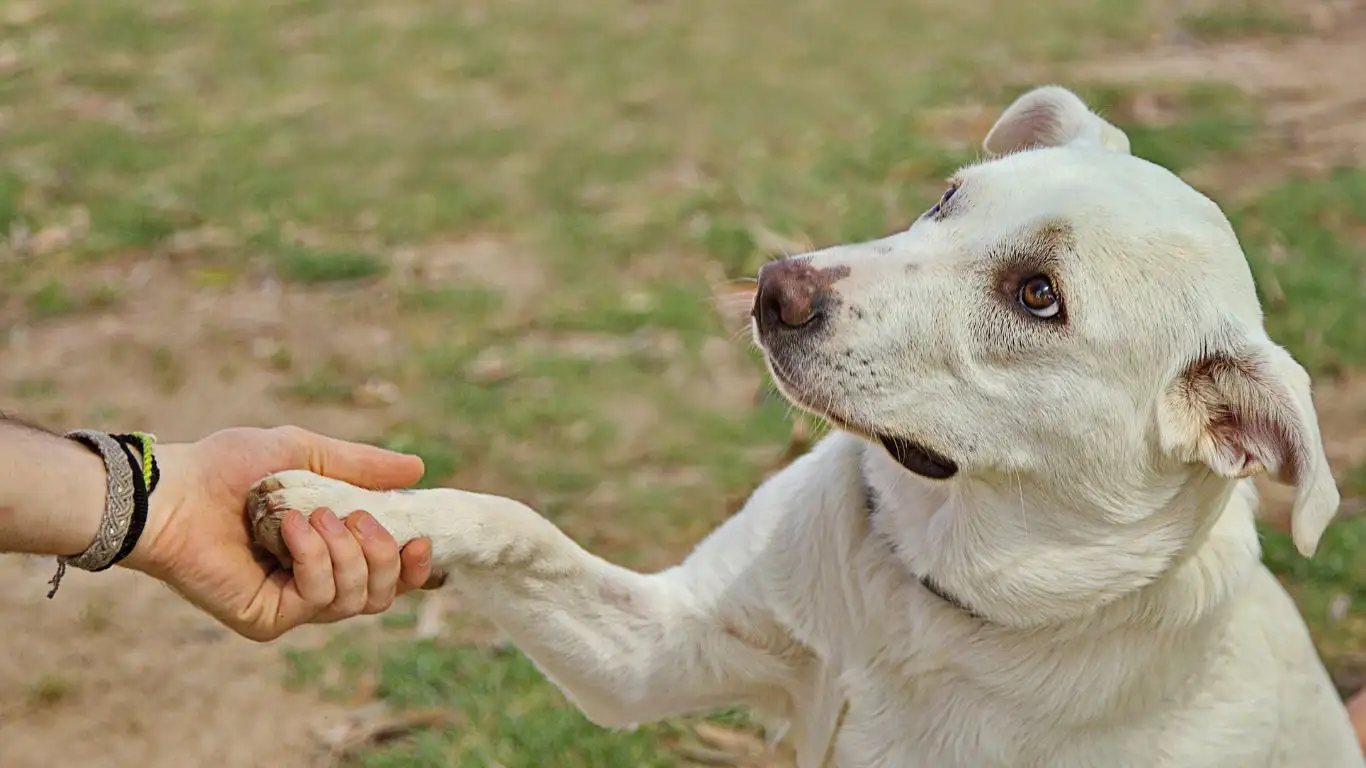
Alright, let’s talk about the gear and techniques that can help you out. No gimmicks here—just real, practical stuff that I’ve seen work time and time again.
Use a Verbal Cue (and Stick to It)
Pick a word or phrase like “Quiet” or “Enough”. Keep it calm and consistent—no yelling. Say it once. If your dog quiets, reward instantly. Timing is everything here. You want that treat in hand before their next bark.
Reward Calm Behavior More Than You Punish Barking
This one’s easy to overlook. It’s not just about stopping the bark—it’s about showing them what you *do* want. When your dog hears a knock and stays quiet—even for a second—reward that calm. Throw a treat party. Praise like they just brought you coffee in bed. Dogs respond way better to encouragement than punishment.
In the next section, I’ll share how to take these basics up a notch with boundary training, door manners, and creating a calm “go to place” routine that really sticks.
Teach a Reliable “Go to Place” Command

Okay, so here’s one of my absolute favorite tools when figuring out how to train a dog to stop barking at door knocks—the “go to place” cue. It’s simple, it’s effective, and dogs love it once they get the hang of it. Basically, you’re giving your dog a job to do when that knock happens. Instead of barking like a maniac at the door, they head to a specific spot—like a mat, bed, or crate—and chill.
I used this with one of my client’s German Shepherds, Max, who had a hair-trigger bark anytime someone dared approach the door. After two weeks of daily practice, he’d actually trot over to his mat and wait for a treat instead of going into bark mode. Total transformation.
How to Teach It Step-by-Step
- Pick a spot near but not directly at the door—think corner mat or bed.
- Say your cue (“Place” works great), guide them there, and reward when they stay.
- Add short durations, then practice with fake knocks or a helper doing light knocking outside.
- Gradually increase the difficulty—real knocks, then opening the door, then visitors entering.
Consistency is everything here. You don’t need to be perfect, just steady. Keep sessions short and upbeat. If your dog breaks the stay, calmly reset without scolding. They’ll get it. And honestly, watching them trot over to their “place” when the door knocks is super satisfying.
Manage the Environment (Especially Early On)

Let’s be real—training doesn’t click overnight. So while you’re working on changing behavior, use some management strategies to keep things sane in the meantime. It’s not cheating; it’s smart handling. I tell every dog owner I work with: don’t set your pup up to fail. Stack the odds in your favor.
Temporary Tools That Make a Big Difference
- Baby Gates: Block off access to the front door so your dog can’t rush it.
- Leash at the Ready: If you know a delivery is coming, clip the leash on beforehand.
- White Noise Machine: Helps muffle sounds from outside that could trigger a bark.
- Window Film or Curtains: Prevent visual triggers like people walking up the driveway.
I worked with a border collie named Zoe who would bark not just at knocks, but at every single passerby. We added a frosted window cling and bam—half her barking disappeared. Sometimes simple tweaks go a long way.
Practice with Realistic Setups (Don’t Wait for Random Visitors)
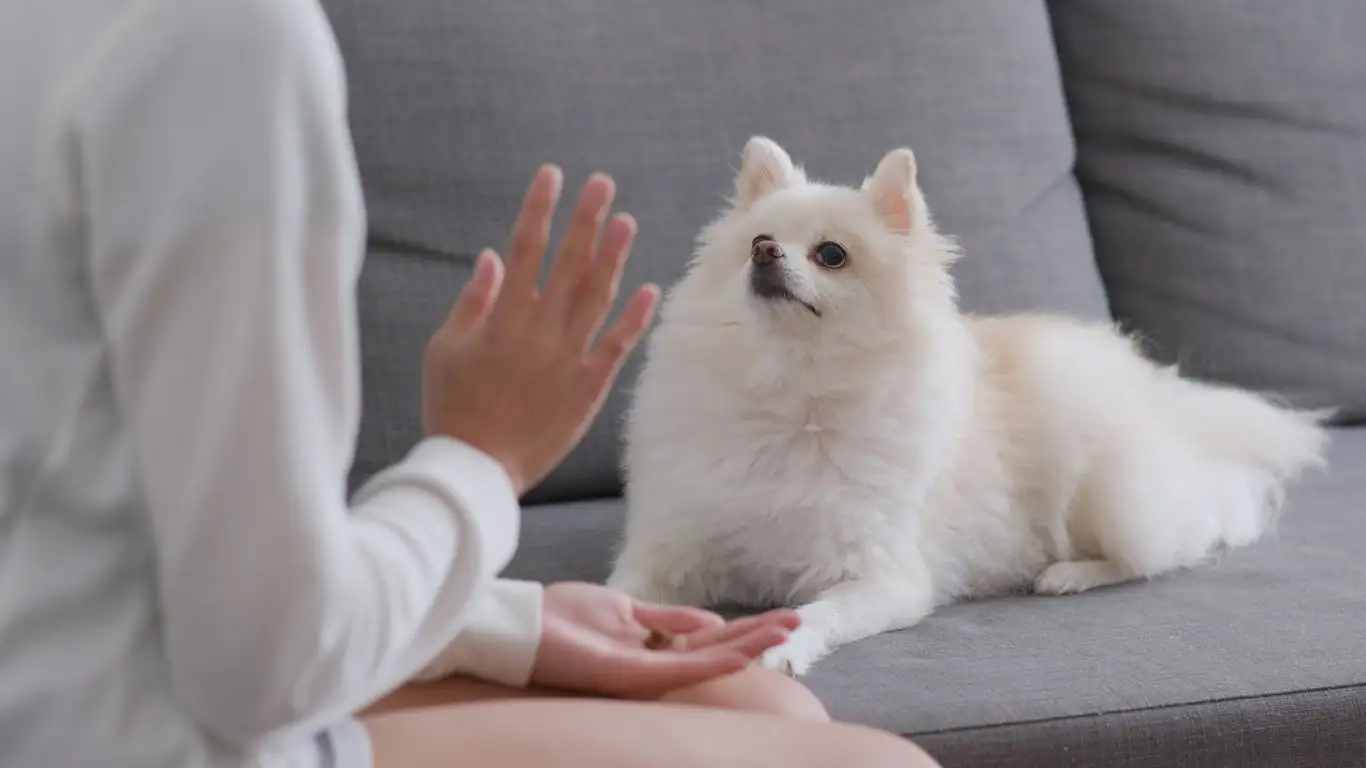
Here’s where a lot of people get stuck. They do a few practice sessions but then just hope their dog behaves when it’s “go time.” Spoiler: it rarely works like that. What you want is controlled, low-pressure practice before the real deal. It builds your dog’s confidence *and* yours.
Try This Easy Mock Visitor Setup
- Enlist a friend or family member to knock or ring the bell.
- Cue your dog to go to their place, reward if they stay calm.
- Repeat daily for a week. Mix up the timing and knock type.
Don’t forget to toss in different variables—new knock sounds, someone opening the door slightly, even tossing in door creaks if your dog reacts to them. The more variety they practice with, the more solid their behavior will be when the real pizza delivery shows up.
In one of my training programs, we did this every day for 10 minutes with a rescue pit mix named Harley. After about 12 sessions, she barely twitched when someone knocked. Major win for her (and for her mom who works from home and needed that quiet).
Timing and Tone Matter More Than You Think
This part can’t be overstated. Dogs are pros at reading our energy. If you’re yelling “QUIET!” while stomping toward the door, they’re going to think it’s a team effort—like you’re barking too. I always tell clients: calm energy, calm dog. Easy in theory, I know, especially if your dog’s losing it and you’ve got a neighbor at the door.
Try This Instead:
- Say your quiet cue once in a neutral voice—don’t repeat it over and over.
- Wait for even a pause in barking and immediately reward that silence.
- Step back, give space, and keep your tone light but firm.
I had one golden doodle who only calmed down when her owner whispered instead of shouted. It was wild, but it worked. Your tone is part of the training toolkit, don’t underestimate it.
Up next, we’ll get into what to avoid (because yes, there are things that make barking worse), how to handle setbacks, and how to build lasting calm no matter who’s knocking.
What *Not* to Do When Your Dog Barks at the Door
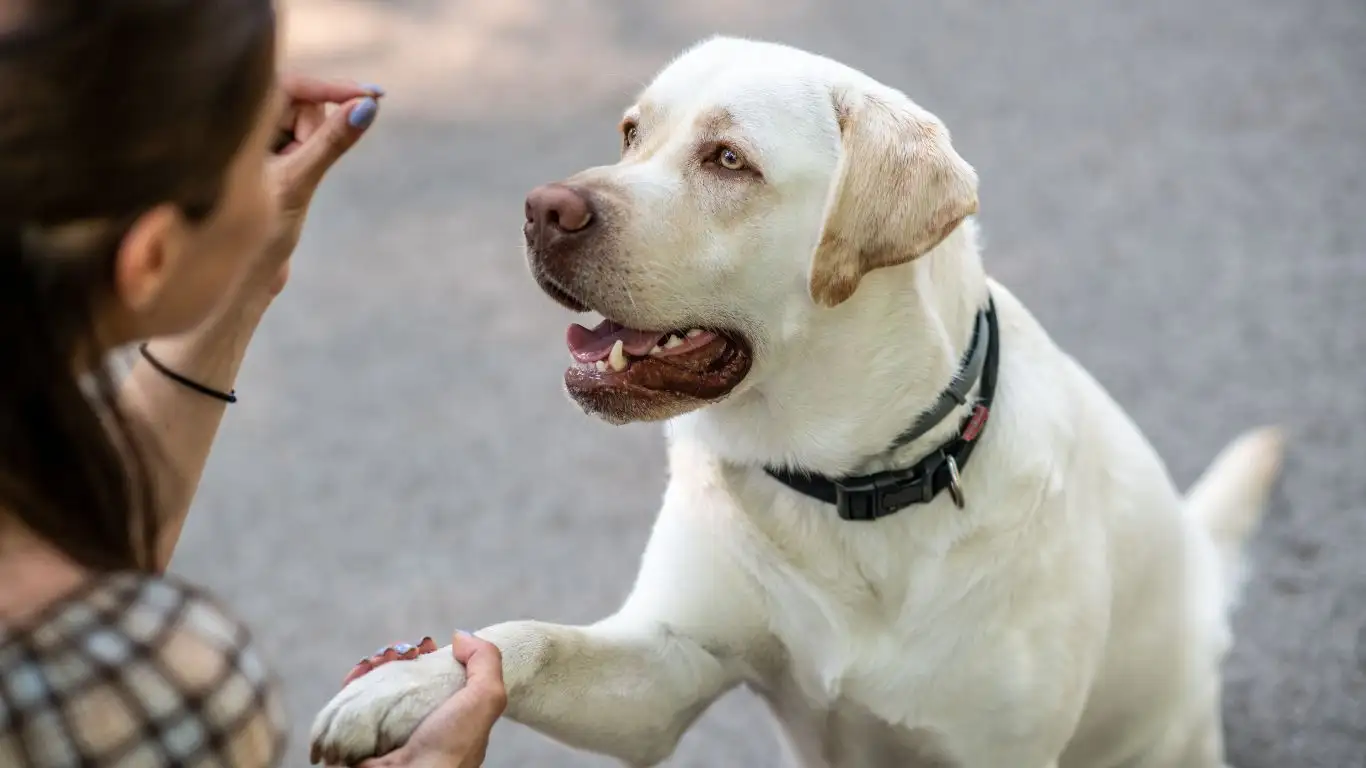
Let’s be honest—when your dog’s barking like there’s a five-alarm fire every time someone knocks, it’s tempting to yell, scold, or just toss your hands in the air. Trust me, I’ve been there. But as someone who’s worked with therapy dogs and overly enthusiastic door-barkers alike, I can tell you firsthand: there are a few reactions that do way more harm than good.
Skip the Yelling—It Just Feeds the Fire
Your dog isn’t barking to defy you. They’re reacting—out of excitement, fear, or protectiveness. When you yell, they don’t hear “Hey, stop that!” They hear, “Oh cool, we’re all barking together now!” I’ve had clients literally say, “It’s like he thinks I’m joining in!” That’s because, in your dog’s mind, raising your voice just adds energy to the situation.
Don’t Punish After the Fact
If your dog barked 10 seconds ago and you scold them now, it’s a waste of energy. Dogs live in the moment. They don’t connect delayed punishment with the behavior you’re trying to change. Worse, it can make them anxious or confused, especially if they were starting to calm down.
Never Use Aversive Tools
This one’s big for me. I never recommend shock collars or harsh corrections for barking. They may shut the behavior down temporarily, but at a cost. They don’t teach your dog what *to* do, and they can chip away at your relationship. Fear doesn’t build trust—it just suppresses behavior. And trust is everything, especially when working with sensitive or high-energy dogs.
When Setbacks Happen (Because They Will)
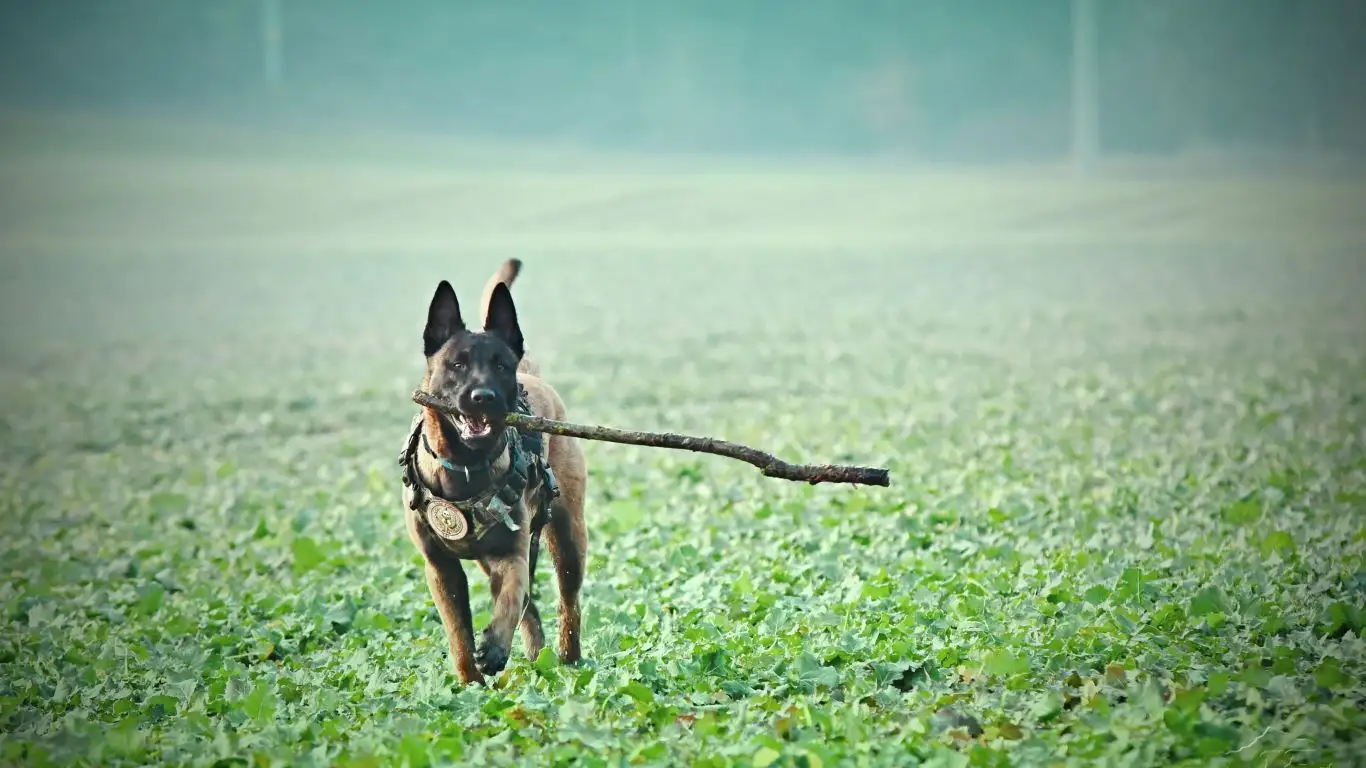
Here’s the truth no one wants to hear—progress with barking isn’t always linear. You’ll have good days, great days, and then a surprise pizza delivery that sends your pup spiraling. And that’s totally normal. When I was training a therapy dog for hospital visits, we had to do *so* much repetition around doorways and entry sounds. Some days it felt like we went backward. But we didn’t give up, and eventually, he became the calmest dog on the unit.
Stick With the Process
If your dog slips up, don’t scrap your training plan. Go back to basics for a few days. Lower the difficulty level—use a softer knock, return to leash control, or refresh your “go to place” cue. I’ve always found that setbacks are usually just signs that your dog needs more practice or a slower pace. And hey, sometimes we all need a reset.
Celebrate the Small Wins
Did your dog stay quiet for two knocks before barking? That’s progress. Did they bark but settle faster than last time? Huge win. Focus on the improvements, no matter how small. I’ve seen dogs go from unhinged barkers to calm greeters, but it didn’t happen in a straight line. You’re in this for the long game—and it’s so worth it.
Consistency Builds Confidence—for You *and* Your Dog
One thing I always stress with clients (and in my own daily life with dogs) is that your dog feeds off your routine. If you respond to knocks the same way each time—with calm direction and rewards—they’ll start to anticipate what’s expected. Predictability creates comfort.
Make It a Team Effort
Everyone in the house should be on the same page. I’ve worked with families where one person was training and another was unknowingly undoing the progress. Your dog needs the same cues, the same structure, and the same rewards—no matter who’s home. Make it a team mission and watch how fast your dog learns.
Resources for Further Learning
Want to keep building your training skills? These trusted resources are packed with advice backed by research and expert trainers:
- American Kennel Club
- PetMD
- Health.com (for stress and behavior links)
- National Institutes of Health
Final Thoughts (Okay, Not a Conclusion… Just a Pep Talk)
If you’ve made it this far, you’re clearly committed—and that’s half the battle. Training a dog to stop barking at door knocks isn’t just about making life quieter (though yes, that’s a great bonus). It’s about helping your dog feel safe, understood, and in control. That builds trust. That builds connection. And honestly, that’s where the real magic of dog training lives.
Every dog is different. What works for one might not work for another—and that’s okay. Adjust as needed, be kind to yourself and your dog, and remember: you’re both learning. I’ve seen dozens of dogs go from bark-happy to zen-like at the sound of a door knock. With a little patience and a lot of love, yours can too.
Disclaimer
This article is for informational purposes only and is not a substitute for professional veterinary or behavioral advice. If your dog shows signs of anxiety or aggression beyond manageable barking, consult a certified behaviorist or your veterinarian.

